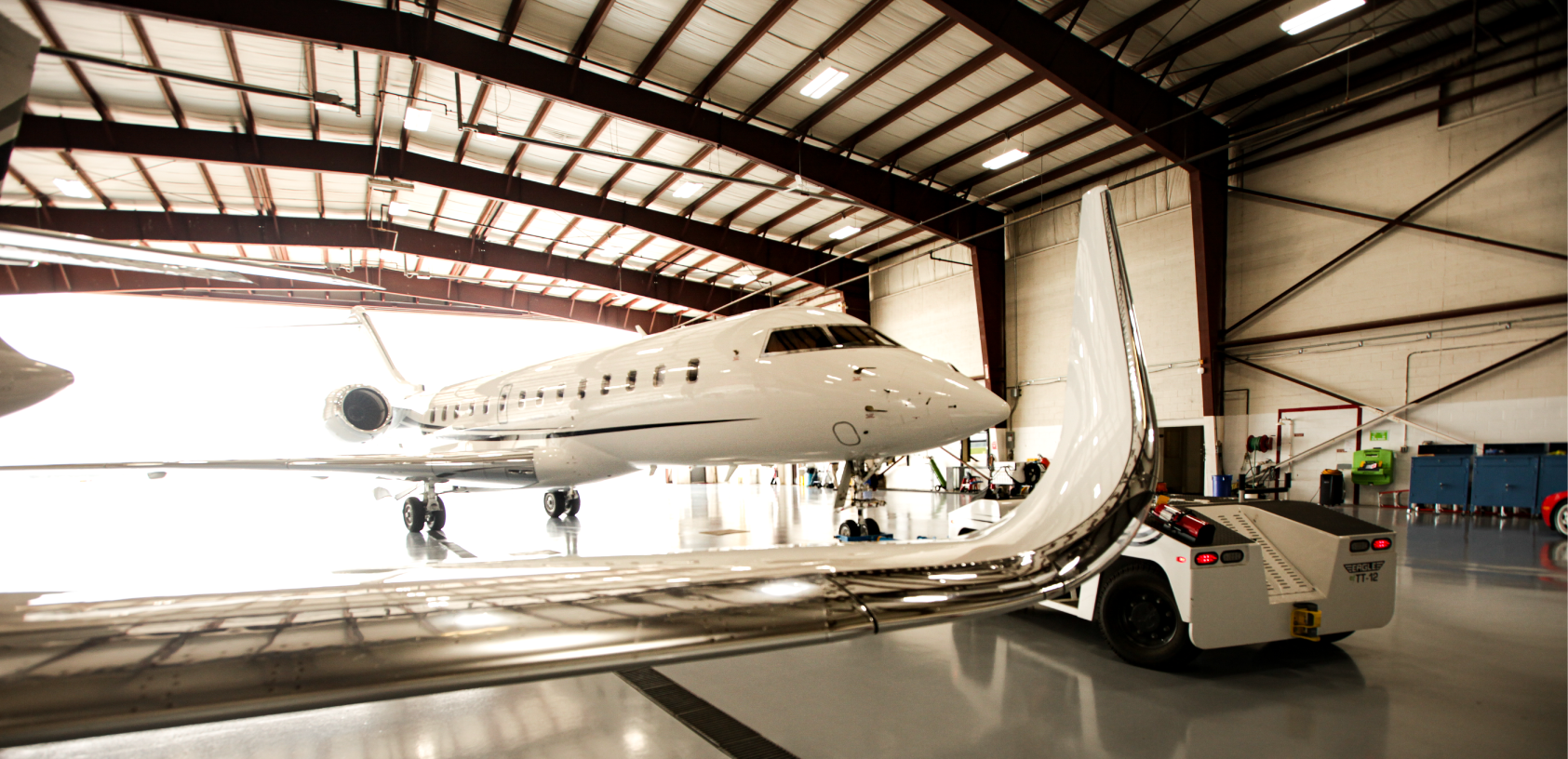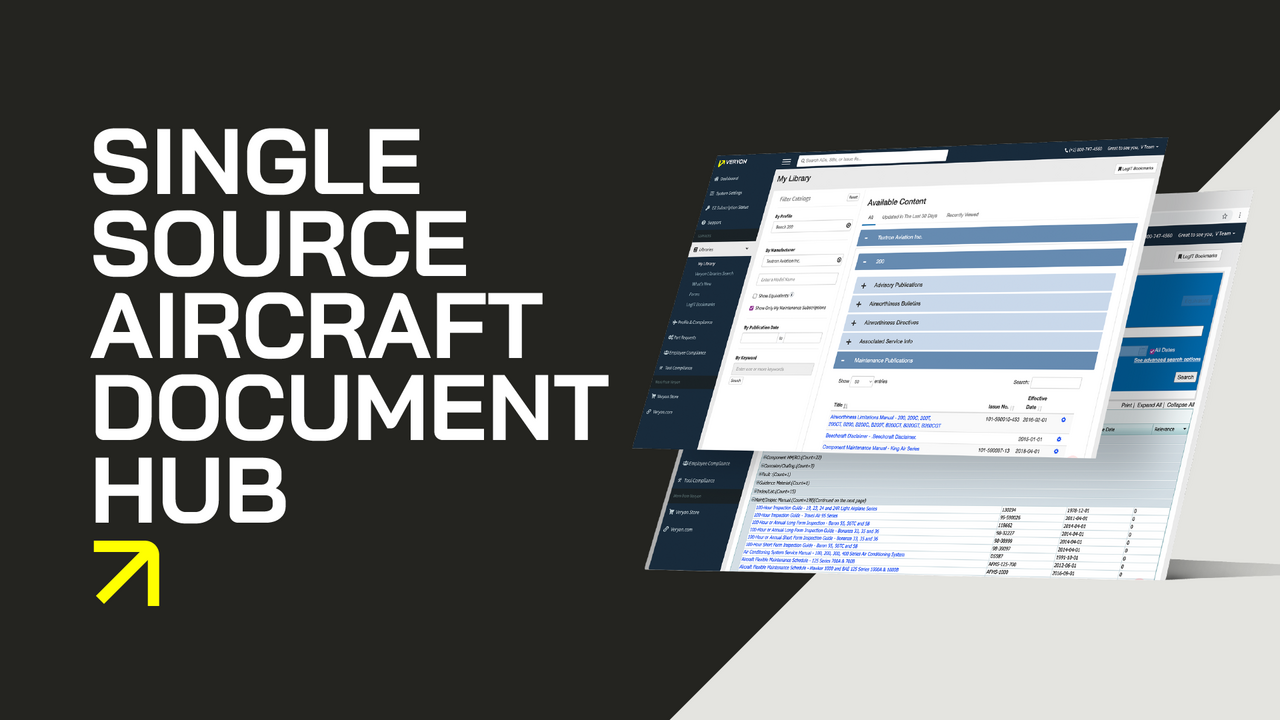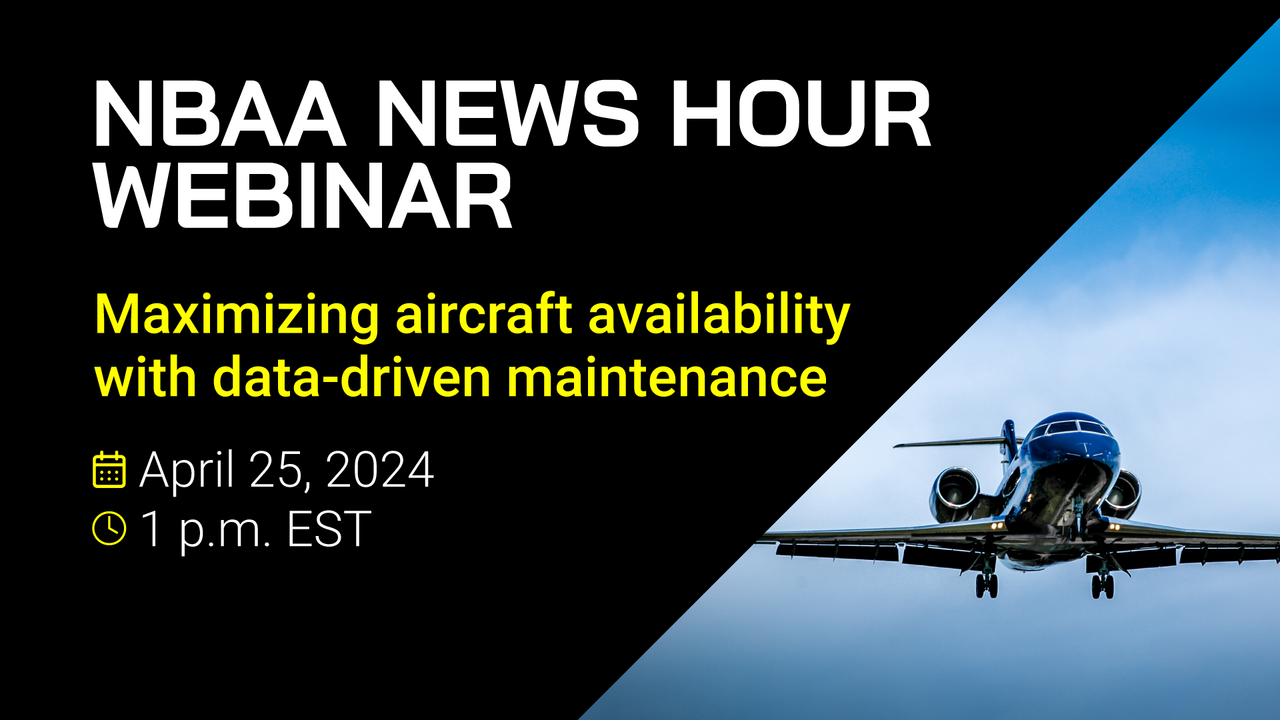3 min read
Five Ways Operators Can Retain Aircraft Value #4: Selecting the Right MRO
ATP
Oct 28, 2021 4:52:00 AM

Selecting the Right MRO to Retain Aircraft Value
Our previous blog in the “Five Ways Operators Can Retain Aircraft Value” series discussed how utilizing an engine program can positively affect aircraft value. Choosing the right MRO can be equally as impactful.
When selecting your maintenance provider or MRO, you may decide to service your aircraft more cheaply, saving you money in the short term. This may appear to be a good decision, but be aware that depending on which provider you use and other factors, your decision may cost you later by decreasing the aircraft’s value.
While having all of your scheduled maintenance done by the OEM will be more expensive, it will also communicate a dedication to care and quality. On the other hand, many authorized third-party MROs are likely certified to work on your airplane and have the necessary tools and expertise to do the job well. These days, many third-party MROs are specialized and as effective as the OEM.
Selecting a well-known and trusted MRO brand could be to your benefit. “It raises red flags when I see a plane that has gone through a major inspection, and it’s a name that I don’t recognize, or it’s ‘Joe’s Automotive Diesel and Turbine Repair’ facility,” said Jared Hasty, director of sales and key accounts for aircraft broker OGARAJETS, during a recent ATP webinar. “Why are you trying to cut corners that much? What was done? What may have been missed?”
If you research to determine that a smaller, lesser-known facility can deliver both the price and level of service you need, make sure that you also document how they are qualified to perform the work for you. “Maybe Joe’s is an exceptional facility for cars and aircraft, but you need to be able to tell the story [in your records],” said ATP’s Vice President of Marketing and Engagement, Lee Brewster, who hosted the webinar with Hasty. “Here are his certifications, here are his repair station certificates, this is the equipment he had.”
Along with your choice in MRO, the region of the world where your aircraft is based and where maintenance is performed can affect aircraft value. Currently, the U.S. has the best facilities to support general aviation aircraft, more airports, and more trained aviation professionals than anywhere else in the world. “That’s why 70+% of the whole general aviation fleet in the world is based in the United States,” said Hasty.
Because many countries are still developing their general aviation infrastructure, “there’s no way to be able to maintain a plane [abroad] to the level that we do in the United States,” he said. Any prospective buyers evaluating your aircraft will know that and thus look a little more closely at an aircraft primarily operating and being maintained in a country outside the U.S.
Questions that may be asked include:
- Where has service been performed? (specific facilities and in which countries)
- If outside the U.S., have any corners been cut because of that?
- Has it been hangared or has it been sitting outside?
- What weather conditions has it been exposed to? (temperature, precipitation, humidity, etc.)
“You’ll see planes all the time being ferried back and forth, five-plus hours, you name it, to be able to have their work performed at U.S. service centers. Because that retains the value of the aircraft,” said Hasty.
“That’s not to say that we won’t still consider [an aircraft outside the U.S.],” he continued, “but we’re just going to need to do more due diligence and make sure that the plane’s been maintained to a level that’s acceptable.”
To access Hasty and Brewster’s full discussion, watch the ATP webinar titled “Pay Now or Pay Later: 5 Tips and Tools to Retain Your Aircraft’s Value.”
In our next and final blog post in the series, we’ll discuss how choosing the right aircraft broker can help retain aircraft value.
View the previous blog posts in the “Five Ways Operators Can Retain Aircraft Value” series:
- Part 1: Organizing Logbooks & Loose Equipment
- Part 2: Staging the Aircraft
- Part 3: Utilizing an Engine Program
About ATP.
ATP is the leading provider of aviation software and information services.
Our innovative product lines, including Flightdocs, Aviation Hub, ChronicX, and SpotLight, reduce operating costs, improve aircraft reliability, and support technical knowledge sharing and collaboration in all aviation and aerospace industry sectors.
The products and services of ATP support more than 75,000 aircraft maintenance professionals worldwide. As a global company, ATP has more than 7,500 customers in 137 countries and partnerships with over 90 OEMs.




